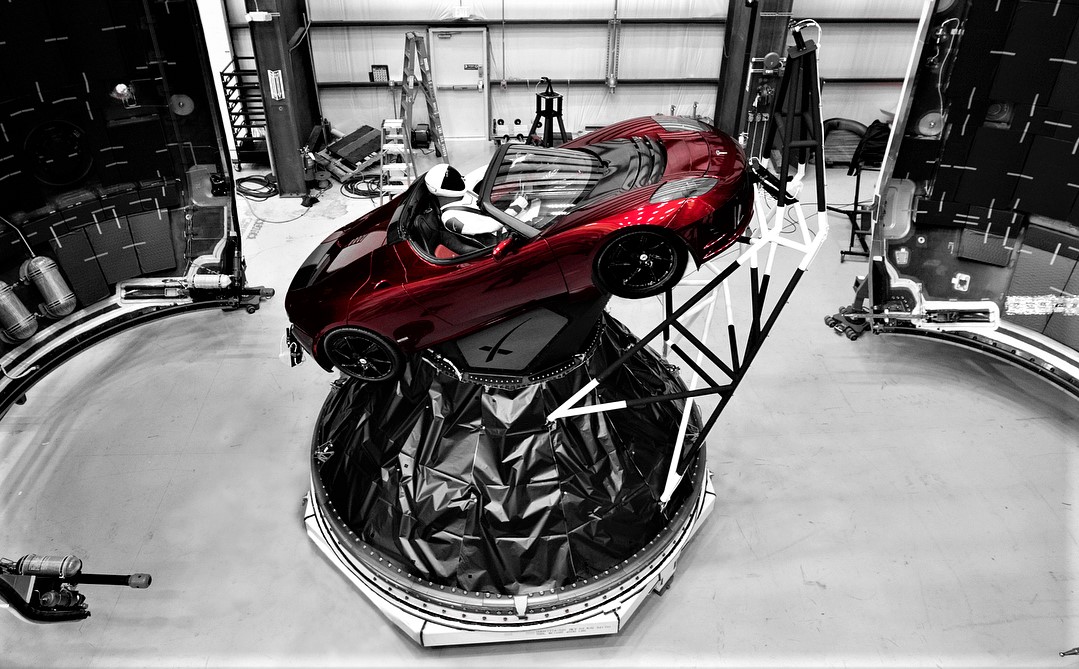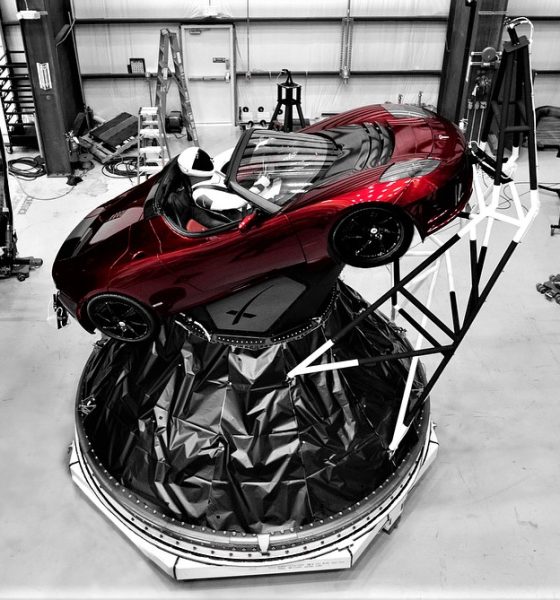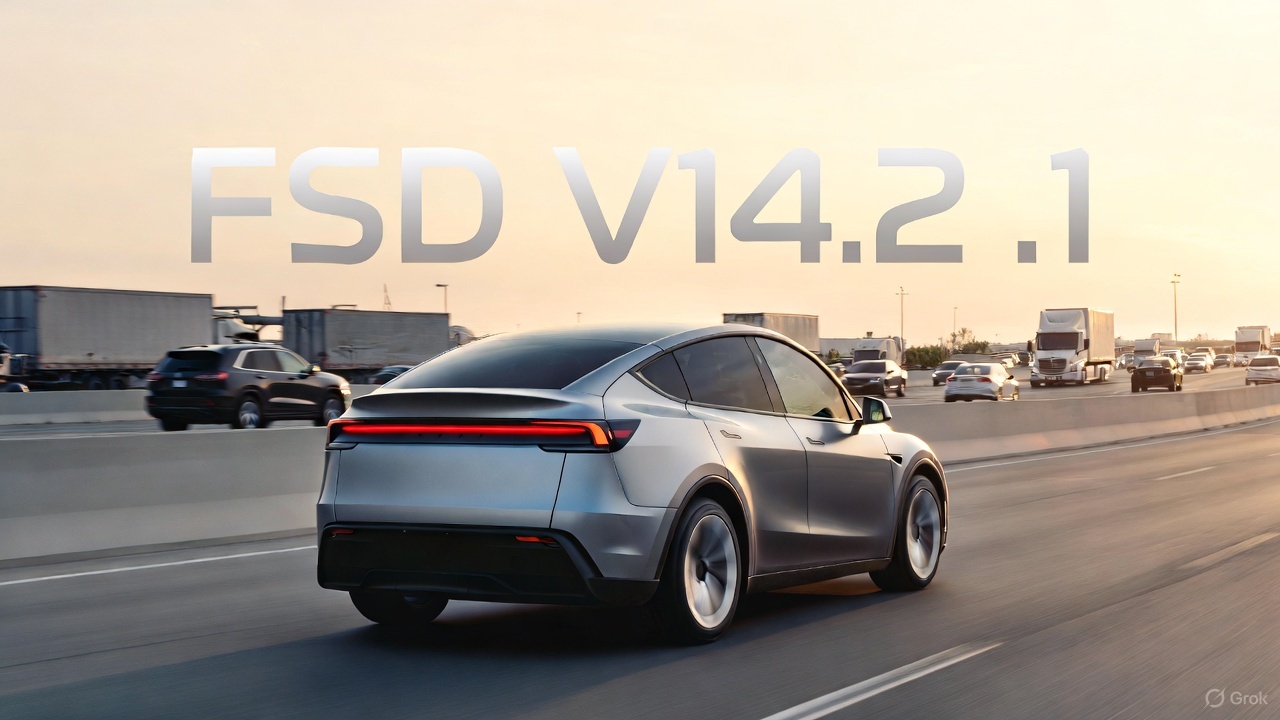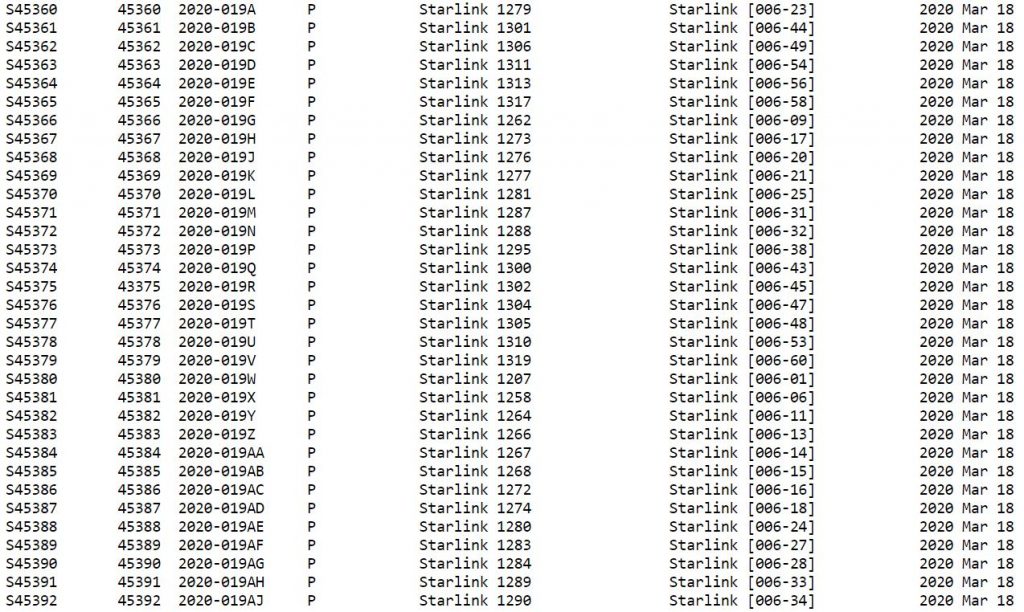

News
Tesla Roadster and ‘friends’ make history in newly-published log of 57k+ human objects in space
When the Tesla Roadster and its Starman occupant entered space aboard Falcon Heavy’s maiden voyage in 2018, it joined the ranks of one astronomer’s impressive database of human-made objects that have left Earth: The General Catalog of Artificial Space Objects (GCAT). It’s the most comprehensive collection of space object data available to the public, and its author recently published it in full for open-source use.
Jonathan McDowell, currently with the Harvard-Smithsonian Center for Astrophysics, created GCAT as an endeavor that began about 40 years go during his Apollo-inspired childhood.
“It was hard for me growing up in England to get details about space because the media there weren’t as interested in it as the U.S. media, so in a slightly obsessive way I started making a list of rocket launches… Now I have the best list,” McDowell told VICE in recently published comments. Lack of information in his younger days seems to have only been the beginning of the challenges the astronomer was willing to take on for his project. As detailed to VICE, McDowell also traveled to international space agency locations to obtain their old rocket lists and even learned Russian to translate that country’s space object data.
Although McDowell has been collecting his Catalog data for decades, the push to finally put all of his work online was inspired by more recent events. The risks of COVID-19 and “imminent death” threatened the database’s purpose. “There’s no point if it dies with me,” he told VICE. Publishing the GCAT had been in his plans, however, the pandemic pushed its priority to the top of McDowell’s personal bucket list.
- Data from GCAT (J. McDowell, planet4589.org/space/gcat)
- Data from GCAT (J. McDowell, planet4589.org/space/gcat)
- Data from GCAT (J. McDowell, planet4589.org/space/gcat)
- Data from GCAT (J. McDowell, planet4589.org/space/gcat)
So, what exactly might one use the GCAT for? McDowell had his own suggestions, including the determination of how many working satellites are currently in space. Since the data is easy to export into software that allows sorting of tab-delimited files, one could perhaps also look at the amount of debris produced over the years to get a general picture for how active spaceflight operations were in the past or how they may be progressing. Plenty of information about each object’s origin and owner is included for this kind of research.
One of the GCAT data sets tracks failed objects that would have otherwise made it to orbit. As an example, looking at the number of items from failed launch attempts in 1958 (52) gives a hint as to how intense the space race between the US and the Soviet Union was at the time. Data browsing could be used for general historical inquiry as well. For instance, Sputnik 1, launched by the Soviet Union on October 4, 1957, is object 00001; the Eagle lander still on the Moon from Apollo 11’s mission is object #04041; and the Tesla Roadster is object #43205.
Some of the data can inspire more historical awareness such as the listing of tools lost during on-orbit construction of the Soviets’ Mir Space Station in 1986. Of course, reminders of significant spaceflight misfortunes are also included like the Challenger Space Shuttle explosion in 1986 and SpaceX’s CRS-7 ISS resupply mission failure in 2015.
- Data from GCAT (J. McDowell, planet4589.org/space/gcat)
- Data from GCAT (J. McDowell, planet4589.org/space/gcat)
- Data from GCAT (J. McDowell, planet4589.org/space/gcat)
Since GCAT is inclusive of both functional items and notorious bits of space junk logged from decades of data digging, the Tesla Roadster and its 57,000+ “friends” are poised to help with some serious research now and in the far future.
“My audience is the historian 1,000 years from now,” McDowell explained. “I’m imagining that 1,000 years from now there will be more people living off Earth than on, and that they will look back to this moment in history as critically important.” For fans of Star Trek, this type of record keeping certainly seems to be relevant to future humans more often than not (away mission, anyone?). Perhaps that type of science fiction storyline will transpire into reality, just as so many of SpaceX’s achievements have done already.
Interestingly enough, McDowell is working on another project to track deep space objects beyond Earth’s orbit. Will space debris take center stage around Mars and beyond like it does around our own planet? Seeing the progress in one comprehensive database will certainly be an interesting way to show just how far humans have come since object #00001.

News
Tesla FSD V14.2.1 is earning rave reviews from users in diverse conditions
Tesla’s Full Self-Driving (Supervised) software continues its rapid evolution, with the latest V14.2.1 update drawing widespread praise.

Tesla’s Full Self-Driving (Supervised) software continues its rapid evolution, with the latest V14.2.1 update drawing widespread praise for its smoother performance and smarter decision-making.
Videos and firsthand accounts from Tesla owners highlight V14.2.1 as an update that improves navigation responsiveness, sign recognition, and overall fluidity, among other things. Some drivers have even described it as “more alive than ever,” hinting at the system eventually feeling “sentient,” as Elon Musk has predicted.
FSD V14.2.1 first impressions
Early adopters are buzzing about how V14.2.1 feels less intrusive while staying vigilant. In a post shared on X, Tesla owner @LactoseLunatic described the update as a “huge leap forward,” adding that the system remains “incredibly assertive but still safe.”
Another Tesla driver, Devin Olsenn, who logged ~600 km on V14.2.1, reported no safety disengagements, with the car feeling “more alive than ever.” The Tesla owner noted that his wife now defaults to using FSD V14, as the system is already very smooth and refined.
Adverse weather and regulatory zones are testing grounds where V14.2.1 shines, at least according to testers in snow areas. Tesla watcher Sawyer Merritt shared a video of his first snowy drive on unplowed rural roads in New Hampshire, where FSD did great and erred on the side of caution. As per Merritt, FSD V14.2.1 was “extra cautious” but it performed well overall.
Sign recognition and freeway prowess
Sign recognition also seemed to show improvements with FSD V14.2.1. Longtime FSD tester Chuck Cook highlighted a clip from his upcoming first-impressions video, showcasing improved school zone behavior. “I think it read the signs better,” he observed, though in standard mode, it didn’t fully drop to 15 mph within the short timeframe. This nuance points to V14.2.1’s growing awareness of temporal rules, a step toward fewer false positives in dynamic environments.
FSD V14.2.1 also seems to excel in high-stress highway scenarios. Fellow FSD tester @BLKMDL3 posted a video of FSD V14.2.1 managing a multi-lane freeway closure due to a police chase-related accident. “Perfectly handles all lanes of the freeway merging into one,” the Tesla owner noted in his post on X.
FSD V14.2.1 was released on Thanksgiving, much to the pleasant surprise of Tesla owners. The update’s release notes are almost identical to the system’s previous iteration, save for one line item read, “Camera visibility can lead to increased attention monitoring sensitivity.”
News
Tesla FSD Supervised ride-alongs in Europe begin in Italy, France, and Germany
The program allows the public to hop in as a non-driving observer to witness FSD navigate urban streets firsthand.

Tesla has kicked off passenger ride-alongs for Full Self-Driving (Supervised) in Italy, France and Germany. The program allows the public to hop in as a non-driving observer to witness FSD navigate urban streets firsthand.
The program, detailed on Tesla’s event pages, arrives ahead of a potential early 2026 Dutch regulatory approval that could unlock a potential EU-wide rollout for FSD.
Hands-Off Demos
Tesla’s ride-along invites participants to “ride along in the passenger seat to experience how it handles real-world traffic & the most stressful parts of daily driving, making the roads safer for all,” as per the company’s announcement on X through its official Tesla Europe & Middle East account.
Sign-ups via localized pages offer free slots through December, with Tesla teams piloting vehicles through city streets, roundabouts and highways.
“Be one of the first to experience Full Self-Driving (Supervised) from the passenger seat. Our team will take you along as a passenger and show you how Full Self-Driving (Supervised) works under real-world road conditions,” Tesla wrote. “Discover how it reacts to live traffic and masters the most stressful parts of driving to make the roads safer for you and others. Come join us to learn how we are moving closer to a fully autonomous future.”
Building trust towards an FSD Unsupervised rollout
Tesla’s FSD (Supervised) ride-alongs could be an effective tool to build trust and get regular car buyers and commuters used to the idea of vehicles driving themselves. By seating riders shotgun, Tesla could provide participants with a front row seat to the bleeding edge of consumer-grade driverless systems.
FSD (Supervised) has already been rolled out to several countries, such as the United States, Canada, Australia, New Zealand, and partially in China. So far, FSD (Supervised) has been received positively by drivers, as it really makes driving tasks and long trips significantly easier and more pleasant.
FSD is a key safety feature as well, which became all too evident when a Tesla driving on FSD was hit by what seemed to be a meteorite in Australia. The vehicle moved safely despite the impact, though the same would likely not be true had the car been driven manually.
News
Swedish union rep pissed that Tesla is working around a postal blockade they started
Tesla Sweden is now using dozens of private residences as a way to obtain license plates for its vehicles.

Two years into their postal blockade, Swedish unions are outraged that Tesla is still able to provide its customers’ vehicles with valid plates through various clever workarounds.
Seko chairman Gabriella Lavecchia called it “embarrassing” that the world’s largest EV maker, owned by CEO Elon Musk, refuses to simply roll over and accept the unions’ demands.
Unions shocked Tesla won’t just roll over and surrender
The postal unions’ blockade began in November 2023 when Seko and IF Metall-linked unions stopped all mail to Tesla sites to force a collective agreement. License plates for Tesla vehicles instantly became the perfect pressure point, as noted in a Dagens Arbete report.
Tesla responded by implementing initiatives to work around the blockades. A recent investigation from Arbetet revealed that Tesla Sweden is now using dozens of private residences, including one employee’s parents’ house in Trångsund and a customer-relations staffer’s home in Vårby, as a way to obtain license plates for its vehicles.
Seko chairman Gabriella Lavecchia is not pleased that Tesla Sweden is working around the unions’ efforts yet again. “It is embarrassing that one of the world’s largest car companies, owned by one of the world’s richest people, has sunk this low,” she told the outlet. “Unfortunately, it is completely frivolous that such a large company conducts business in this way.”
Two years on and plates are still being received
The Swedish Transport Agency has confirmed Tesla is still using several different workarounds to overcome the unions’ blockades.
As noted by DA, Tesla Sweden previously used different addresses to receive its license plates. At one point, the electric vehicle maker used addresses for car care shops. Tesla Sweden reportedly used this strategy in Östermalm in Stockholm, as well as in Norrköping and Gothenburg.
Another strategy that Tesla Sweden reportedly implemented involved replacement plates being ordered by private individuals when vehicles change hands from Tesla to car buyers. There have also been cases where the police have reportedly issued temporary plates to Tesla vehicles.














